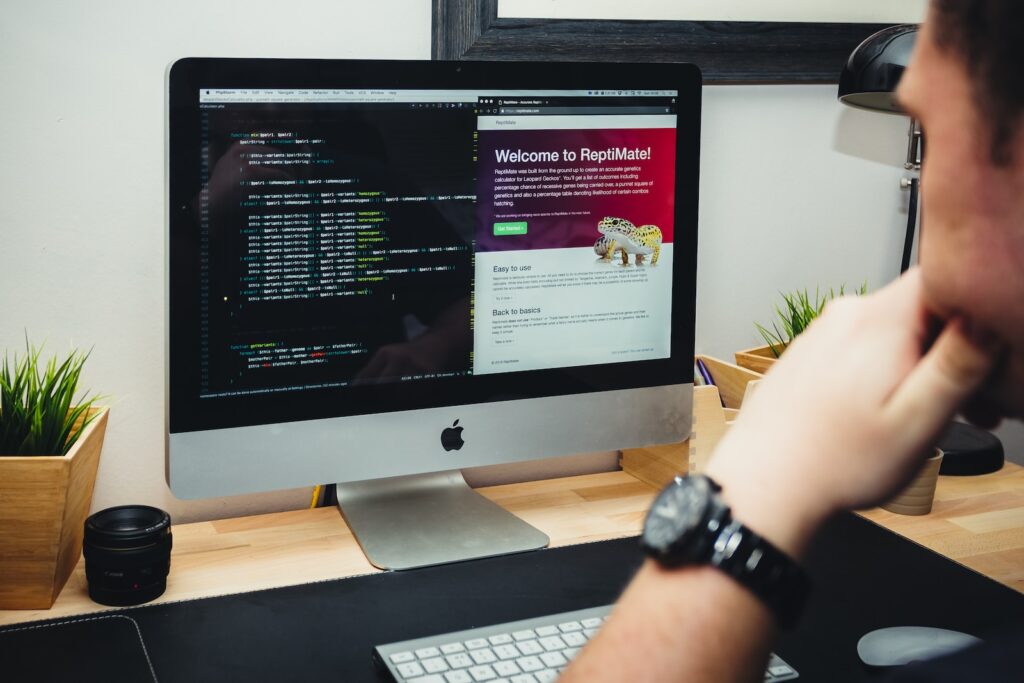Top 7 Web Creation Tips to Align Your Website with Your Brand’s Identity
Creating a website that resonates with your brand’s identity is more than just picking a good template and slapping on your logo. Your website is the online face of your brand, and every detail—from the fonts to the functionality—communicates something about who you are and what you stand for. Ensuring that your website aligns with your brand’s identity helps you stand out in a crowded digital space, build trust with your audience, and create a cohesive experience that leaves a lasting impression. If you’re building or revamping your website, there are several crucial elements you should focus on to ensure consistency with your brand’s image. Let’s dive into the top seven tips for aligning your website with your brand’s identity. 1. Nail Down Your Brand’s Core Values Before You Start Before you even begin building your website, make sure you’re crystal clear on your brand’s identity and values. What does your brand stand for? What emotions do you want to evoke in your audience? What makes your brand unique compared to others? Understanding these foundational aspects will make it easier to reflect your identity in every aspect of your website. Whether your brand is sleek and minimalist, fun and colorful, or somewhere in between, your website should feel like an extension of that personality. It’s also important to be consistent in your tone of voice, whether that’s professional, casual, or quirky. This clarity will guide every design decision you make, ensuring your site feels authentic and aligned with your brand. 2. Focus on Visual Consistency Design elements like fonts, colors, and imagery play a massive role in communicating your brand’s identity. It’s essential to use a consistent color palette and font styles that are in line with your brand guidelines. For example, if your brand’s identity revolves around luxury, choose a sleek and sophisticated design with high-quality imagery and elegant typography. A playful brand, on the other hand, might opt for bold colors, fun fonts, and creative illustrations. Consistency is key here—using too many different fonts or colors can confuse your audience and dilute your message. Stick to a handful of complementary colors and a font family that reflects the tone of your brand. 3. Create a Memorable Logo and Place It Strategically Your logo is often the first thing people notice about your brand, so it’s crucial that it reflects your identity and is displayed prominently on your website. A well-designed logo should be easy to recognize, visually appealing, and aligned with your brand’s core values. Once you have a logo that stands out, place it strategically on your website. Typically, logos are placed in the upper-left corner of the header for maximum visibility, but don’t hesitate to add it to your footer or favicon (the small icon on the browser tab) for added brand consistency. Make sure that the logo is clickable and leads back to your homepage to enhance user experience. 4. Prioritize User Experience (UX) A beautiful design is important, but it’s equally essential to ensure your website is easy to navigate. A website that reflects your brand but doesn’t work well won’t leave a positive impression on your audience. Think about the journey your visitors will take as they navigate your site. Are they able to find what they’re looking for quickly and easily? Does your site load quickly on mobile devices? When your website’s user experience is seamless, it shows that your brand values its audience. A well-structured layout, intuitive navigation menus, and fast loading speeds all reflect professionalism and build trust. This enhances the overall perception of your brand. 5. Craft Your Messaging with Care Beyond design, the content on your website should also align with your brand’s identity. Your website copy—including headlines, product descriptions, and calls to action—should reflect your brand’s tone of voice and values. For example, if your brand prides itself on being eco-friendly, make sure your website content highlights that commitment and uses language that aligns with the eco-conscious audience. Keywords are important for SEO, but don’t overload your copy with robotic-sounding phrases. Craft each message with care, speaking to your audience in a way that feels authentic and true to your brand. 6. Use High-Quality, Branded Imagery Images are powerful tools for telling your brand’s story. Invest in high-quality photography or custom illustrations that align with your brand’s image and values. Stock photos can work in some cases, but avoid using generic or overly staged images that might detract from your brand’s uniqueness. For an even greater impact, consider using images that feature your products or services in action. If your brand has a personal element, showcase your team or behind-the-scenes moments to build a stronger connection with your audience. Every image you choose should reinforce your brand and make your website feel more personal and authentic. 7. Ensure Mobile Compatibility With the majority of web traffic now coming from mobile devices, it’s crucial to ensure that your website looks and functions perfectly on smartphones and tablets. A mobile-responsive design isn’t just good for user experience; it’s also a significant factor in SEO rankings. Make sure your mobile site aligns visually with your desktop version so that users get a consistent brand experience across all devices. Test your site’s performance on various screen sizes and ensure that your content remains legible and functional, no matter where or how it’s viewed. Final Thoughts Your website is one of the most powerful tools you have to communicate your brand’s identity. By focusing on consistency, visual appeal, user experience, and clear messaging, you’ll create a site that not only looks great but also tells your brand’s story effectively. A cohesive and well-aligned website builds trust, keeps visitors engaged, and ensures that your brand stands out in the digital space.
Top 7 Web Creation Tips to Align Your Website with Your Brand’s Identity Read More »




